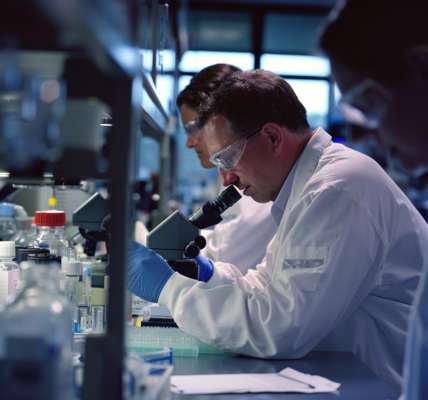New Study Reveals Molecular Mechanisms Behind How Plants Synchronize Photosynthesis in Varying Light Conditions
Plants have long been known to adjust their photosynthesis process in response to changing light conditions. However, the molecular mechanisms behind this synchronization have remained largely unexplored until now. A recent study by a research team led by Professor Dr. Ute Armbruster from the Institute of Molecular Photosynthesis at Heinrich-Heine University Duesseldorf has shed light on how plants synchronize the two sub-processes of photosynthesis in different light conditions.
The study, published in Nature Communications, involved collaboration with the Max Planck Institute of Molecular Plant Physiology in Golm, as well as research groups from universities in Bergen (Norway), Bochum, Münster, and Potsdam. The findings of the research provide valuable insights into how plants react to varying light intensities and the mechanisms they employ to optimize photosynthesis.
Photosynthesis consists of two main steps: the light-driven reaction, where light energy is converted into chemical energy, and the carbon-fixing reaction, where carbon dioxide is fixed into biomass using the energy produced in the first step. The synchronization of these two modules is crucial for plants to efficiently utilize changing light conditions.
One of the key findings of the study is the identification of a molecular mechanism through which the two photosynthesis modules synchronize their activities via a protein called thylakoid K+-exchange antiporter 3 (KEA3). This discovery marks a significant advancement in understanding how plants regulate their photosynthetic processes in response to varying light levels.
When exposed to excessive light, plants face the risk of potential damage from the excess energy. To prevent harm, plants activate a protective mechanism known as energy-dependent quenching (qE), which dissipates excess energy as heat. The study revealed that the KEA3 protein plays a crucial role in regulating the activation and deactivation of qE, thereby ensuring that plants can efficiently manage varying light intensities without losing usable light energy.
Understanding the molecular mechanisms behind how plants adapt their photosynthesis to changing light conditions has significant implications for agricultural and environmental research. By gaining insights into these processes, researchers can explore potential avenues for optimizing photosynthesis to enhance food production and improve stress tolerance in plants.





